
¿En qué consiste la extracción de biopolímeros y cuándo es necesaria?
Los biopolímeros han sido utilizados durante años como una alternativa estética para aumentar el volumen de los glút [...]
Lear MoreRestorative yoga focuses on inducing deep rest and a faster recovery, through postures performed with the help of supports, so no major effort is required. These postures promote oxygenation and blood circulation in the affected area, in addition to activating the parasympathetic nervous system that stimulates the body's restoration and recovery processes, such as digestion, sleep and tissue repair. Below, we share with you 4 postures that can be beneficial for your recovery period.
Child's pose: elps reduce stress or anxiety, relieves lower back pain, helps relax the body and combat insomnia. It can be performed at any time after surgery, with prior consent of the surgeon.
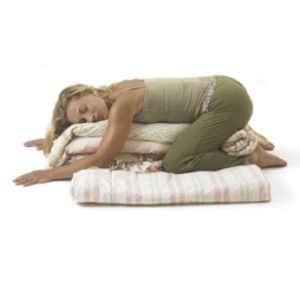
Start on your knees, placing a blanket or large pillow in between your legs and ischia, then fold to lie down, allowing your torso to rest on the pillow, support your cheek and let your arms fall by your sides. Hold the pose for 3 minutes on each side.
Prone tree: This posture helps to rest, strengthens the spine, redistributes energy throughout the body, and reduces body and emotional tension. It can be performed at any time after surgery, with prior consent of the surgeon.
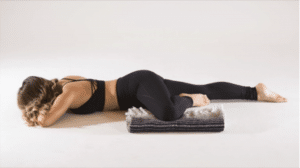 Lie on your stomach, place a pillow or blanket on your left side and bend your left knee resting it on the pillow, the sole of your left foot should face your right leg, which is fully extended. Then cross your arms in front of you to support your forehead. Hold the posture for 3 minutes on each side.
Lie on your stomach, place a pillow or blanket on your left side and bend your left knee resting it on the pillow, the sole of your left foot should face your right leg, which is fully extended. Then cross your arms in front of you to support your forehead. Hold the posture for 3 minutes on each side.
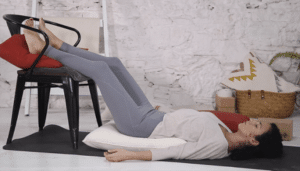 Inverted gesture posture: improves blood circulation, relieves fatigue and swelling in legs, feet and hips. It is recommended once the body has healed, approximately 15 days after surgery.
Inverted gesture posture: improves blood circulation, relieves fatigue and swelling in legs, feet and hips. It is recommended once the body has healed, approximately 15 days after surgery.
Lie on your back with your back extended, shoulders relaxed and elevate your legs, bending your knees and placing your legs on a chair. You may place a pillow under your buttocks and lumbar and over the seat of the chair for comfort in the posture. Hold for 6-10 minutes.
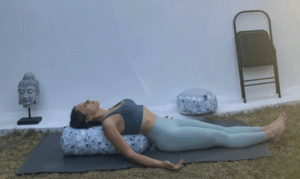 Fish pose: Helps to open the chest and shoulders, stretches the abdominals and reduces tension in the back and neck. It is recommended once the body has healed, approximately 15 days after surgery.
Fish pose: Helps to open the chest and shoulders, stretches the abdominals and reduces tension in the back and neck. It is recommended once the body has healed, approximately 15 days after surgery.
Sitting with legs extended and back straight, place a long pillow, bolster or rolled blankets behind the buttocks, slowly let your back fall on the pillow and your arms rest at your sides. Stay in the posture for 6-10 minutes.

Los biopolímeros han sido utilizados durante años como una alternativa estética para aumentar el volumen de los glút [...]
Lear More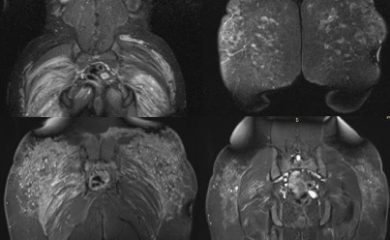
La extracción de biopolímeros en glúteos es un procedimiento quirúrgico complejo que requiere una planificación pre [...]
Lear More
En este artículo te contamos qué hacer cuando la extracción de biopolímeros no sale exitosa. Factores de riesgos y m [...]
Lear More
Si quieres saber cómo se determina la técnica adecuada para la extracción de biopolímeros, este artículo es de inte [...]
Lear More
En este artículo te explico por qué no te recomiendo la extracción de biopolímeros por liposucción o técnica cerra [...]
Lear More
El glúteo como artefacto cultural, topología anatómica y signo psicosocial Desde una perspectiva histórico-epistemol [...]
Lear MoreYou can contact us through our WhatsApp chat to request more information or schedule your appointments.
WRITE US!